| Major Strikes in the American Labor Movement Chart Worksheets |
|---|
| www.studenthandouts.com ↣ U.S. History ↣ Discontent and Reform ↣ Worksheets |
|
With this worksheet, students are asked to answer questions on three of the most important labor strikes in United States history--the Homestead, Lawrence, and Pullman strikes. Questions include: What conditions and events led to this strike? What tactics were used by workers? What tactics were used by management? Who were the union leaders? What role did the government (local, state, and federal) play in this strike? What was the outcome of this strike? |
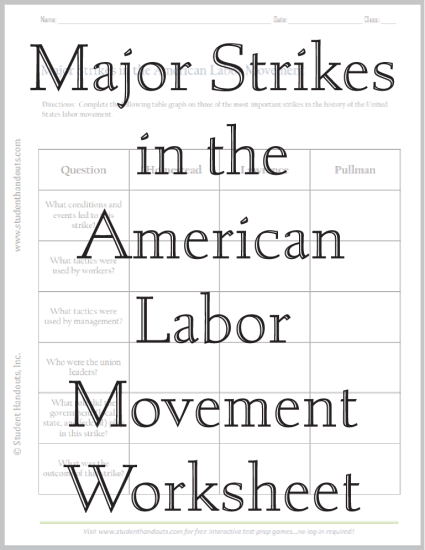 |
  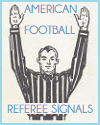 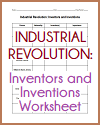 |
|
Click here to print this worksheet (.pdf file). Answers will vary. The Homestead Strike of 1892 was a significant labor dispute that took place in Homestead, Pennsylvania, at the Homestead Steel Works, which was owned by the Carnegie Steel company, a subsidiary of U.S. Steel. The strike was a pivotal moment in the history of labor relations and workers' rights in the United States. Background: The Carnegie Steel company, under the leadership of industrialist Andrew Carnegie, had been engaged in a series of wage cuts and labor disputes, which created tensions between the company and its workers. Causes: In 1892, the company's management, led by Henry Clay Frick, sought to break the Amalgamated Association of Iron and Steel Workers (A.A.I.S.W.), a labor union that represented many of the skilled workers at the Homestead mill. Frick's strategy included cutting wages, locking out union members, and attempting to operate the mill with non-union workers and strikebreakers (often referred to as scabs). The Strike: On June 30, 1892, the workers at the Homestead Steel Works, mainly members of the AAISW, went on strike in response to the wage cuts and the presence of strikebreakers. The workers took control of the plant and barricaded themselves in, effectively shutting down production. Violence Erupts: In response to the strike, Frick, who had taken a hardline approach, hired a private security force known as the Pinkerton detectives to break the strike and regain control of the mill. A violent confrontation occurred on July 6, 1892, when Pinkerton agents attempted to land at the Homestead plant from barges on the Monongahela River. Striking workers and townspeople confronted the Pinkertons, leading to a bloody battle in which several people were killed and many were injured. (The Pinkertons were known for their violence toward labor.) Resolution: State militia was eventually called in to restore order, and the strike was broken. The plant was reopened with non-union labor, and many striking workers lost their jobs. Legacy: The Homestead Strike became a symbol of labor resistance and the struggle for workers' rights. It highlighted the often violent and confrontational nature of labor disputes during the late 19th century. While the strike itself was not successful in achieving its immediate goals, it contributed to the broader labor movement in the United States and led to increased awareness of workers' rights and the need for labor reforms. The Homestead Strike remains a pivotal event in American labor history, illustrating the challenges and conflicts that arose as workers sought to improve their working conditions and protect their livelihoods during a period of industrialization and labor unrest. |
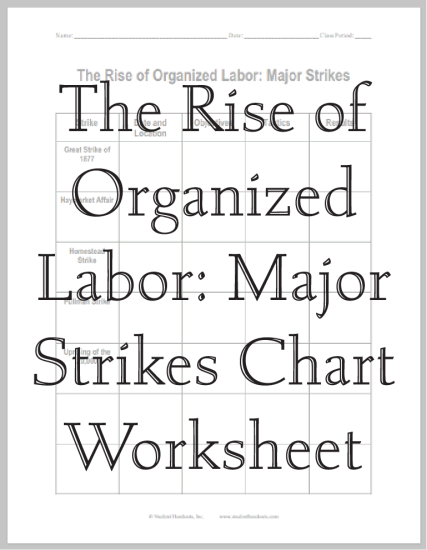 |
 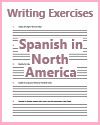  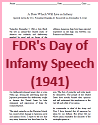
|
| Students are asked to complete this blank infographic on major strikes of the early labor movement. Listed are the Great Strike of 1877, Haymarket Affair, Homestead Strike, Pullman Strike, and Uprising of the 20,000. There are spaces for two additional strikes. Click here to print (PDF). Answers will vary. These were significant labor strikes and events in U.S. labor history. Great Strike of 1877: This was one of the first major nationwide strikes in the United States. It began as a protest by railroad workers in response to wage cuts. The strike spread to various industries and cities, leading to widespread labor unrest. Federal troops were called in to suppress the strike, resulting in violence and casualties. Haymarket Affair (1886): A peaceful labor rally in Chicago's Haymarket Square turned violent when a bomb was thrown at the police, leading to a riot. The incident resulted in the arrest and trial of several labor leaders and anarchists, some of whom were executed. It had a significant impact on the labor movement and workers' rights. Homestead Strike (1892): This labor dispute occurred at the Carnegie Steel company in Homestead, Pennsylvania. Workers, members of the Amalgamated Association of Iron and Steel Workers, went on strike to protest wage cuts and the company's use of strikebreakers (commonly known as scabs). The strike turned into a violent confrontation between workers and company-hired Pinkerton agents. Pullman Strike (1894): The Pullman Strike was a nationwide railroad strike that began when workers at the Pullman company, which manufactured railroad cars, went on strike to protest wage cuts and poor working conditions. The strike disrupted rail traffic and led to a federal intervention by President Grover Cleveland. Uprising of the 20,000 (1909-1910): This was a strike by garment workers, primarily young Jewish and Italian immigrant women, in New York City's garment industry. The strike demanded better wages, working conditions, and union recognition. It was a significant moment in the history of women's labor activism. These events reflect the challenges and struggles faced by American workers during the late 19th and early 20th centuries as they sought better working conditions, fair wages, and the right to organize and collectively bargain. They also played a crucial role in the development of the labor movement and the advancement of workers' rights in the United States. |
| www.studenthandouts.com ↣ U.S. History ↣ Discontent and Reform ↣ Worksheets |








